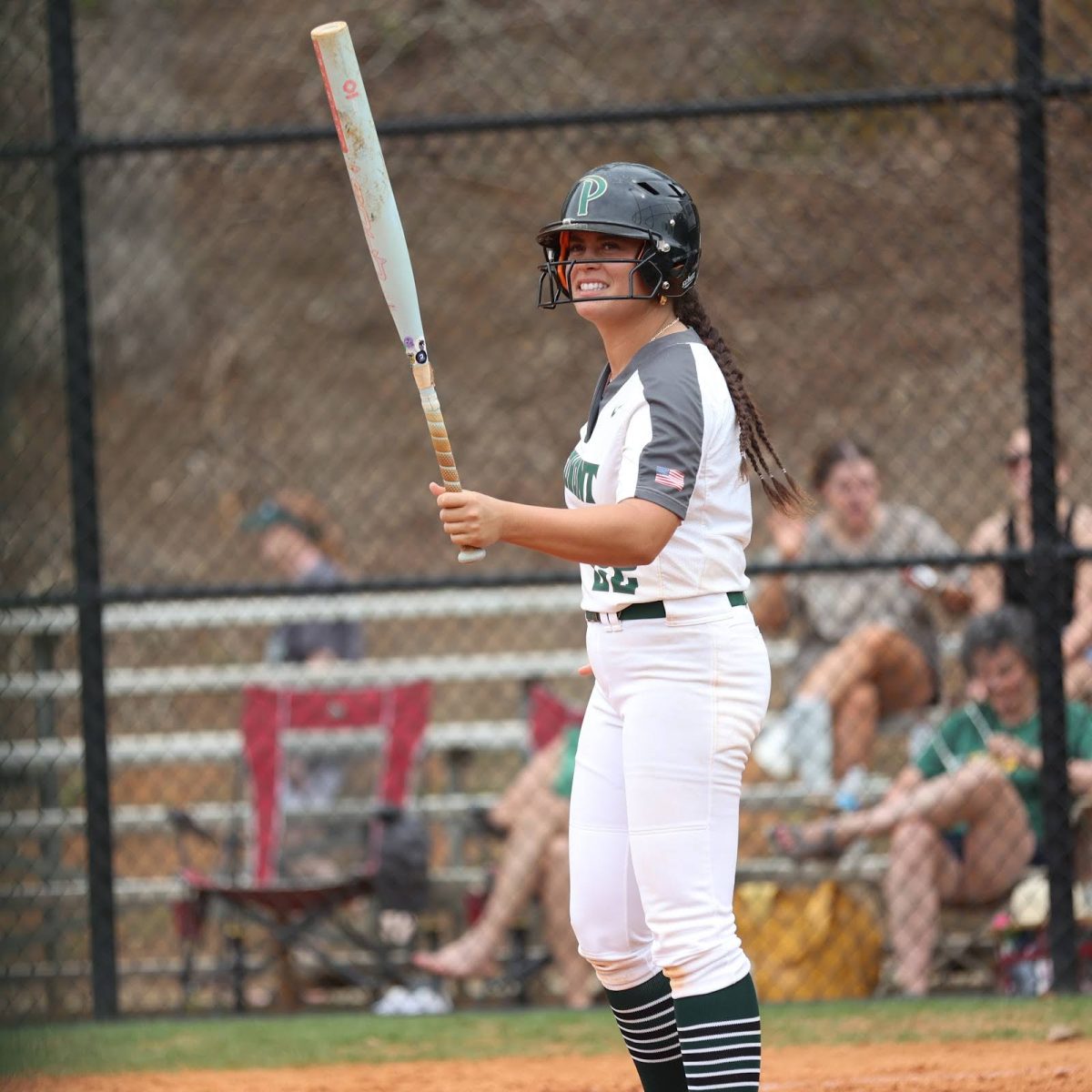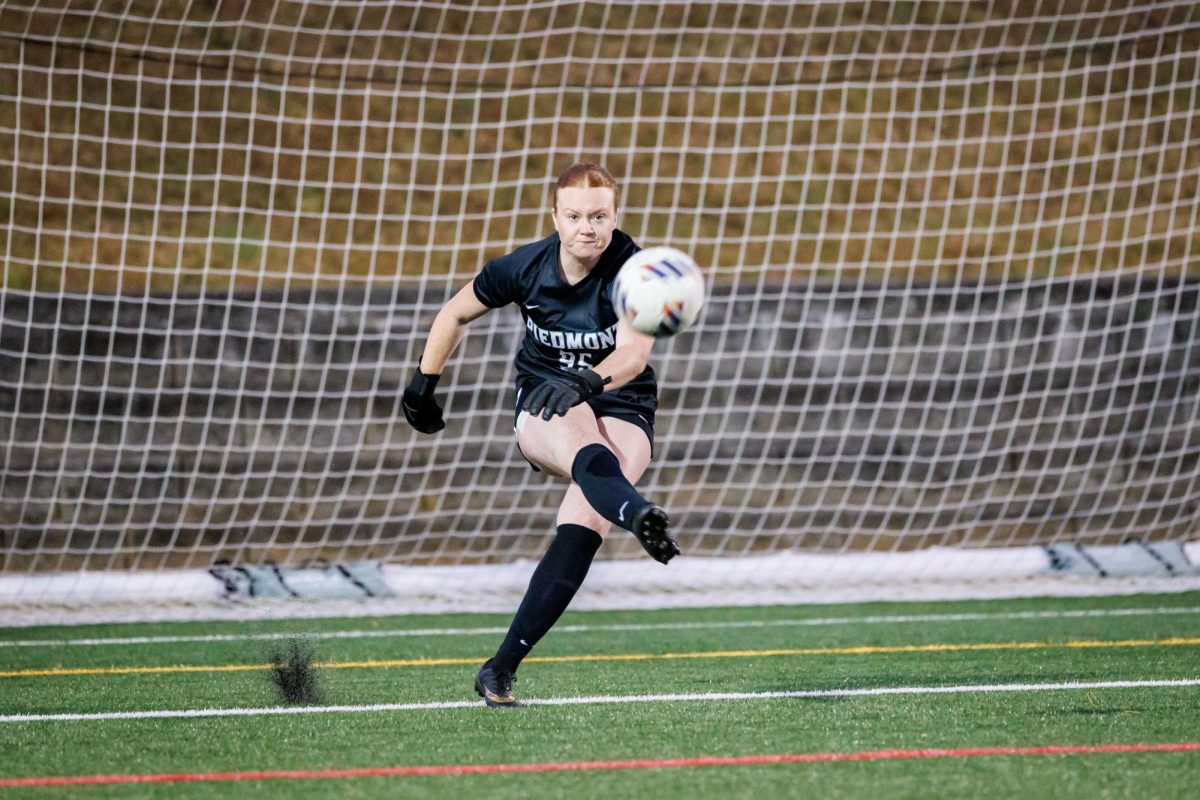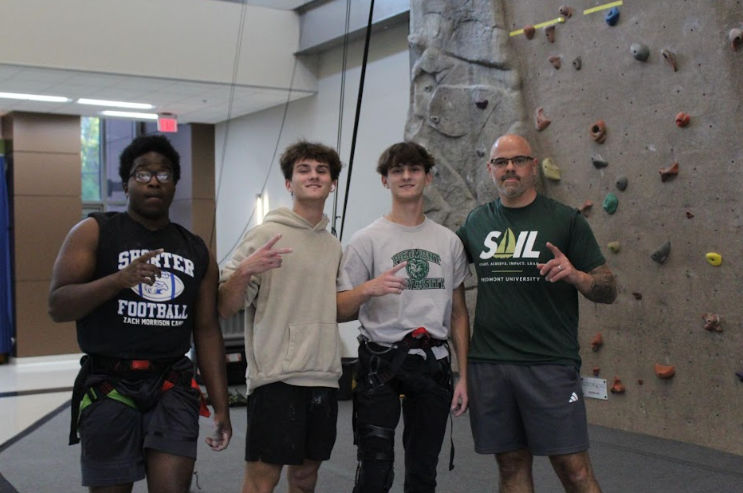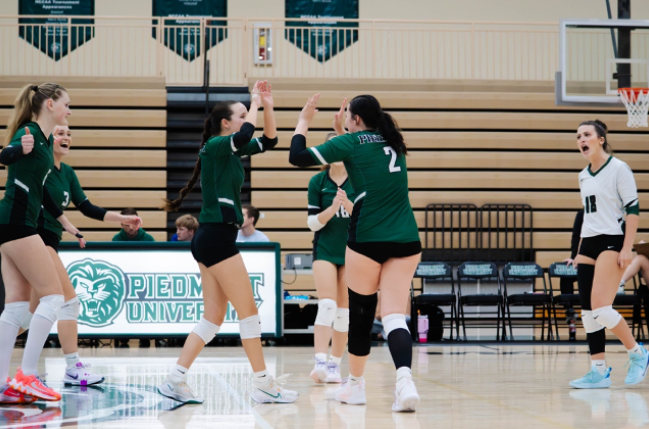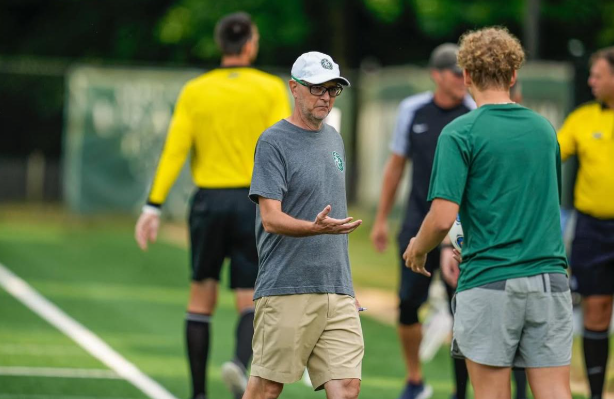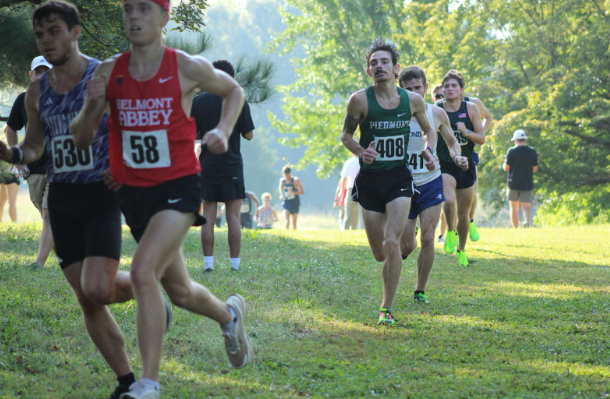Last semester, word of Piedmont athletic budget cuts spread around campus and were confirmed when athletic coaching and department staff were terminated. Travel roster limitations became a concern for athletes; petitions to keep travel rosters at the current number began to surface. However, communication from the athletic department and school itself could have prevented these petitions.
The immediate fear of travel roster cuts led to mass petitions particularly from sports like softball, baseball, soccer and lacrosse — all sports who travel with a large roster. However, these travel roster cuts are not only saving sports in and of themselves from being cut, but they are also instilling a more competitive environment in the student-athletes.
Word of a petition died out in November, but talk of travel roster cuts that pertain to school budget cuts are still prevalent.
Disgruntled athletes should recognize the positive impact limited travel rosters have on team performance. A student on the golf team — a team that travels with just 5 members — says that limited spots improves the entire team’s work ethic. If not everyone gets to go, people are working harder towards that spot on the roster. Getting to travel and play is why we are here, (competing) at the college level.
Student-athletes’ main vice with travel roster cuts comes down to the promise they made upon commitment: they would travel. As disheartening as this may be, expectations for programs change.
Throughout the budget cut dilemma, the realization that cutting the amount of students traveling to events, might actually be saving sports teams in general is imperative. An attempt to save the athletic department money, these budget cuts are coming from a place of maintaining programs across the athletic department.
As disheartening to student-athletes as travel roster cuts are, they might be crucial to developing better sports teams on campus. By comparing a defined travel roster to high school varsity teams, student-athletes should see the benefits of these cuts. Quite like a varsity team, players who perform at the highest caliber are granted playing privileges. This does not prevent a “junior varsity” (an athlete who does not make the travel roster) squad from competing, but it encourages them to continue to develop their craft. It provides them with motivation. This motivation keeps programs growing, for when seniors graduate or injuries arise, there are dedicated athletes ready to take their place.
College athletics should be held to a standard, an opportunity to compete with the best. Although communication on Piedmont’s campus about the reasoning and implementation of budget cuts has been slim and student-athletes’ anger towards cuts are valid, the opportunity to grow and develop Piedmont athletic programs is present. Student-athletes, let’s get to work.





